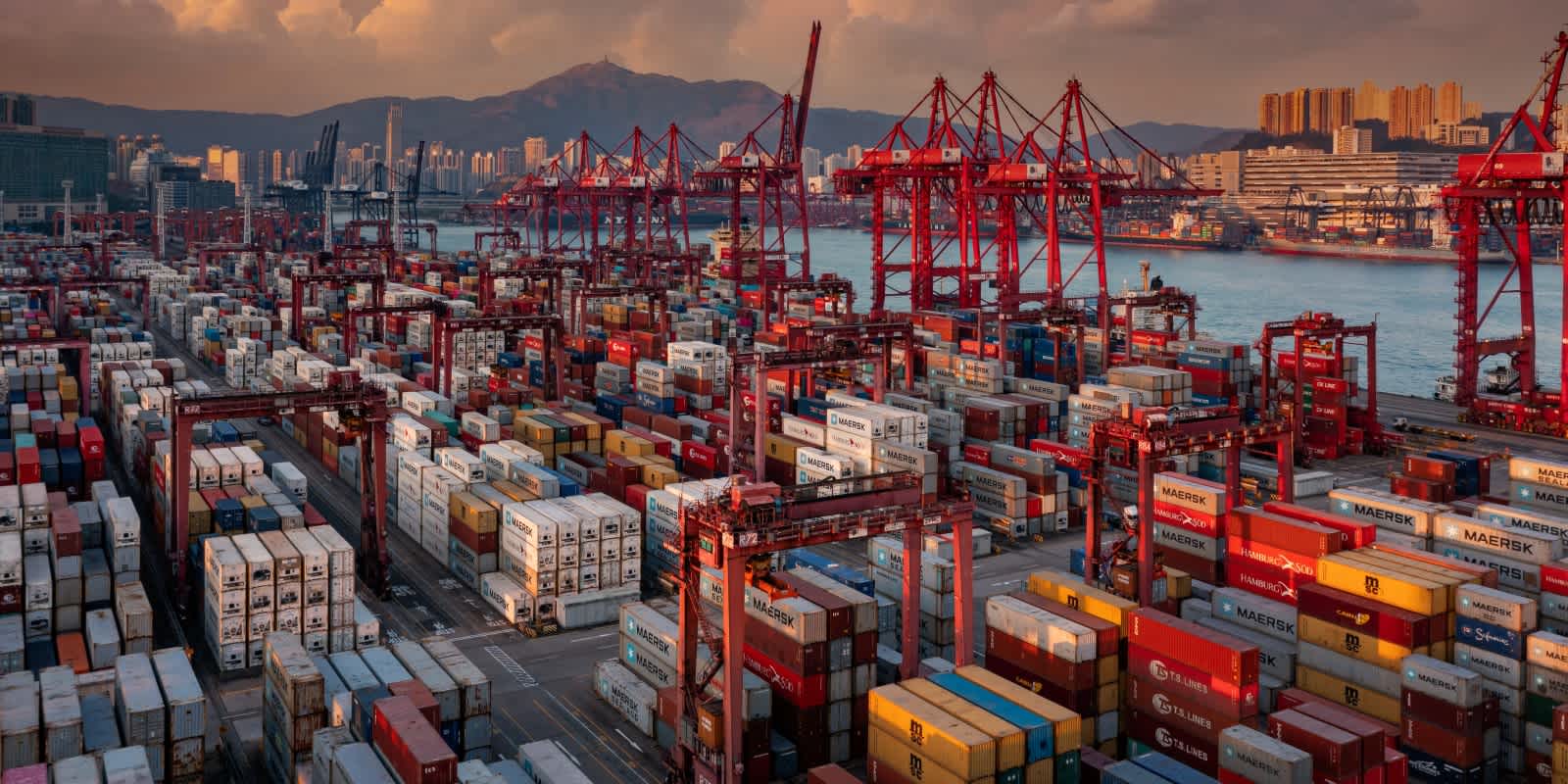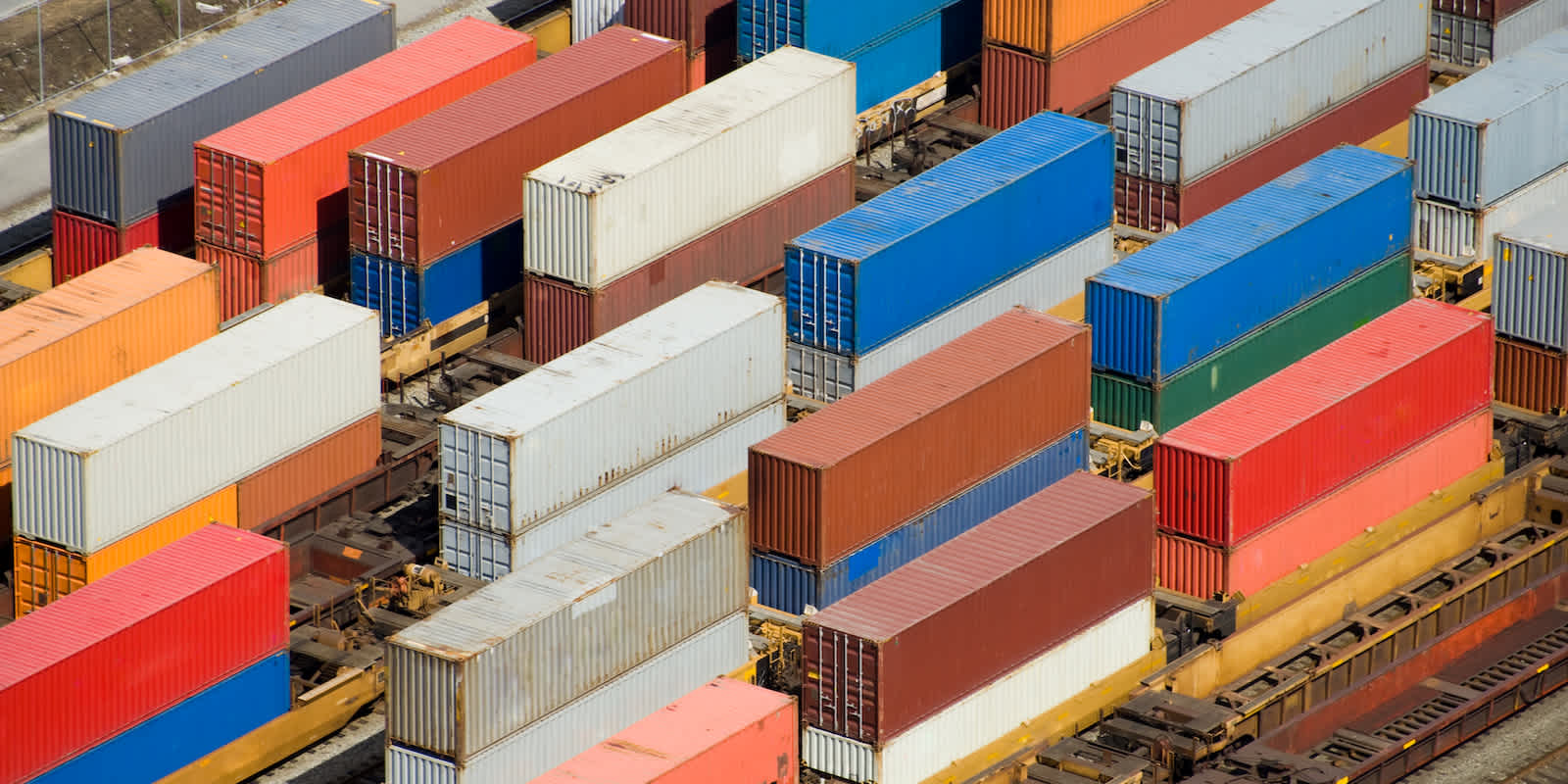
November 10, 2022
Supply Chain Snapshots - News & Trends You Should Read This Week
Thursday, November 10, 2022
Looking for a quick summary of the top supply chain and logistics news and trends making waves this week? Read our weekly "Supply Chain Snapshots" for helpful summaries and commentary to get you up-to-speed on the news you need to know.
#1 The Threat of National Rail Strike Eases, for Now, as Key Union BMWED Extends Deal Deadline
Read the full article from CNBC here
- The Brotherhood of Maintenance of Way Employees Division (BMWED), the third largest rail union in the country, is extending its status quo period (no strike, no lockout) from November 19 to December 4 to continue negotiations with freight rail carriers.
- The Association of American Railroads (AAR), explained that this extension provides greater certainty for the economy, rail customers, and rail passengers planning to travel for the Thanksgiving holiday.
- AAR President and CEO, Ian Jefferies stated that their goal is to successfully complete this round of bargaining and reach an agreement with BMWED based on the Presidential Emergency Board's recommendations.
- All 12 labor unions must ratify a labor agreement to avoid the potential for a nationwide rail shutdown.
- A recent four page joint proposal by the Brotherhood of Signalmen Union (BRS) and BMWED for paid sick leave was denied by carriers.
- When asked if the railroad was preparing for a possible strike, Union Pacific CEO Lance Fritz said, “Let's not get ahead of ourselves. We've got some negotiating to do with that union and we've agreed to status quo while we're doing that."
#2 Cash-Strapped SMBs Tap Digital Tools to Ease Working Capital Challenges
Read the full article from PYMNTS here
- Amid the post-pandemic reopening, even with strong consumer demand, the smaller firms that power the U.S. economy are facing macro-economic struggles with soaring inflation and rising interest rates making it harder, especially for SMBs, to ensure enough working capital.
- During the pandemic, the challenge for SMBs was to secure the cash/working capital they needed to stay afloat. More recently, they’ve been trying to keep up with the growth demands.
- SMBs are now turning to payment providers like Plastiq, Lamb and Honey, and BoxLock to help them work towards better financial management and healthier cash flow.
- Payment providers are working to ensure that the digital tools previously aimed at larger enterprises are fully available to smaller companies by offering multiple payment methods and disbursement options.
- Companies like Plastiq are improving the flow of information, funds, and relationships between buyers with an embedded finance model enabling an all-in-one bill pay solution that offers access to working capital through short term financing.
Flexport Capital offers a one-stop solution for all of your financing needs. Click here to explore how we help businesses of all sizes free up working capital, maintain a healthy cash flow, and more.
#3 NRF’s Holiday Sales Forecast Optimistic, Amid Economic Concerns
Read the full article from Modern Materials Handling here
- Amid economic concerns including inflation and tapering consumer demand, the National Retail Federation (NRF) expects holiday retail sales to increase by 6%-8% annually, landing between $942.6 billion and $960.4 billion.
- NRF also expects e-commerce to play a significant role in 2022 holiday sales, with online and other non-store sales forecasted to increase between 10%-12%.
- In 2021, retail sales were up 13.5% compared to 2020, due likely to the timing of the pandemic in 2020, setting a new all-time record.
- Over the last 10 years, NRF has seen an average increase of 4.9% in retail sales with recent pandemic-related spending representing a large portion of those gains.
- “In the face of these challenges and the uncertainty that is taking place across the economy, consumers are taking things a bit more thoughtfully and cautiously but…continue to spend on household priorities,” explains NRF President and CEO Matthew Shay of the 2022 consumer spending trends.
- “Overall, we feel generally very positive that consumer fundamentals will continue to support economic activity despite record levels of inflation, and rising interest rates,” says NRF Cheif Economist, Jack Kleinhenz.
#4 Retailers Turning to Specific-Day Delivery Over Speediest Shipping
Read the full article from The Wall Street Journal here
- This holiday season, retailers and e-commerce companies are shifting away from speedy delivery, but rather focusing on delivering packages to customers on specific dates.
- With inflation-conscious consumers limiting their online shopping, many retailers are focused on eliminating the high costs of fulfillment and last-mile delivery.
- “To be able to provide them a very clear date when their package is going to get delivered is very valuable to customers,” said Shivi Shankaran, chief operating officer at Saks Off Fifth
- Online shoppers are now more willing to wait for certain deliveries, having gotten used to supply-chain disruptions at the height of the pandemic.
- Consumers rely on “the visibility of it all and being able to know when to expect a delivery, as opposed to the assurance that it’ll be a superfast delivery,” said Terry Esper, associate professor of logistics at the Ohio State University’s Fisher College of Business.
#5 Freighter Frenzy Could Lead to Oversupply of Cargo Jets
Read the full article from FreightWaves here
- Even as the air cargo market declines, supply of freighter aircraft continues to expand to record levels, raising questions about whether leasing companies and cargo operators are creating more capacity than the amount that can profitably exist once shipping growth returns to normal.
- “There is going to be a lot more impetus on airlines to begin retiring these aircraft, particularly as they come up for engine checks and heavy maintenance on their fuselage and landing gear,” explains Neel Jones Shah, Head of Global Airfreight at Flexport.
- Annual freighter capacity growth increased 6% during the last three years, doubling the rate before the COVID-19 crisis and the fastest growth in two decades, according to analysis by McKinsey & Company and aviation analytics firm Cirium.
- McKinsey expects cargo capacity to annually increase 4.5% in the next decade as the mix between freighters and passenger belly space restrikes an even balance versus today’s 70% to 30% ratio.
- More than 340 extra main-deck freighters (an 18% increase) took flight since the beginning of the pandemic due to decreasing passenger belly capacity paired with booming consumer demand.
- Converting previously-owneds aircraft is quicker and cheaper than buying a new one. The number of passenger-to-freighter conversions has steadily increased at a 9% compound annual growth rate from 2010-2021, driven by demand for standard-size freighters best suited for regional package networks.
We’ll be back next week for another edition of Supply Chain Snapshots.







